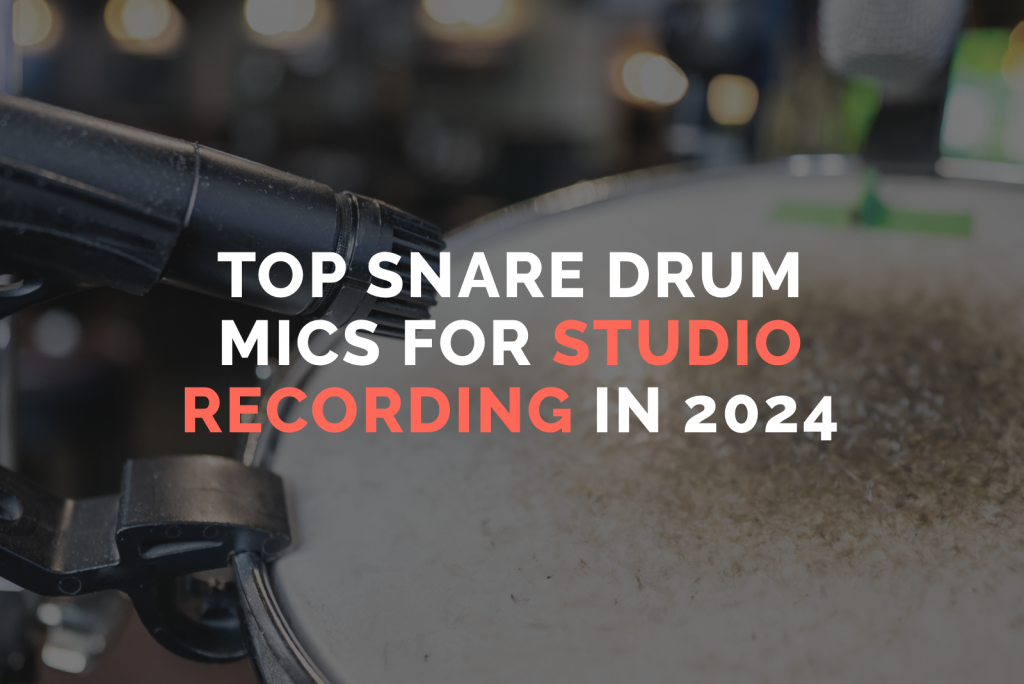Top Snare Drum Mics for Studio Recording in 2024: Best Picks and Reviews
One of my favorite aspects of tracking drums is finding that magical combination of mics that work together seamlessly. Achieving a great drum sound relies on several elements coming together and working in harmony. Key factors include the room, the drummer, the drum kit, microphone selection and placement, as well as any outboard gear and processing used on the back end.
What defines a ‘good’ snare drum mic is very subjective and it’s essential to spend some time finding the right microphone for your specific needs.
Things to Consider
Dynamic vs Condenser
The microphones listed below are dynamic and all feature a rugged design that can handle loud sound sources. Dynamic mics do not require external power and are generally more affordable than condenser mics.
Polar Patterns
A polar pattern, also referred to as a pickup pattern, defines where the microphone will pick up sounds from. Different mics use different patterns, the most common of which is the cardiod pattern.
Frequency Response
Frequency response refers to the range of sounds a microphone can reproduce and how its output varies across that range. It is the most crucial factor in shaping a microphone’s sound signature. This frequency response is typically illustrated graphically as a response curve. A good frequency response for a snare drum mic typically ranges from around 50Hz to 15kHz.
Mic Placement
It isn’t unusual to see recording engineers use multiple mics on a single snare, the most common being miking the top and underside of the drum. The top mic captures the main tone and character of the instrument, while the underside provides more depth. You can absolutely track a snare drum using a single microphone on the top of the drum and I have been involved with many sessions where this has been the case. The mics listed below are intended to be used as the main mic on the top of the snare drum, but many of them would also do a good job of capturing the underside of the drum (in particular the Shure SM57 and Audix i5).
Top Snare Drum Mics for Studio Recording
SM57
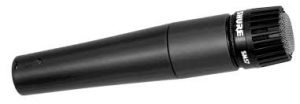
Frequency Response: 40Hz – 15kHz
Polar Pattern: Cardiod
US$: 99
One of the most sought after microphones on the market. The SM57 is a fantastic choice for both studio and live environments, and it comes at a very affordable price. SM57s are incredibly versatile and work well on a variety of instruments, amps and even vocals (Anthony Keidis, Madonna and John Lennon are a few artists who have used an SM57 for tracking vocals).
BETA57a
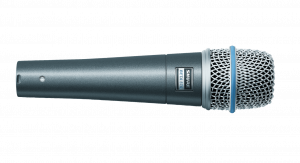
Frequency Response: 50Hz – 16kHz
Polar Pattern: Supercardiod
US$: 139
More often than not, my two main snare drum mics for recording are either an SM57 or a Beta57a. The supercardiod polar pattern on the Beta57a means it rejects more sound from the sides, making it much more directional. I find when I am tracking with sticks and hitting the kit pretty hard, an SM57 works fantastically well. However, if I am doing more textural work with brushes or similar, I always use a Beta57a as I find it to be more effective at picking up subtle nuances and intricacies that might otherwise get lost in the overall sound.
Audix i5
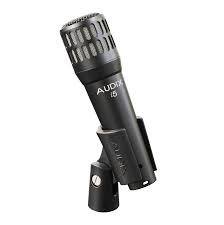
Frequency Response: 50Hz – 16kHz
Polar Pattern: Cardiod
US$: 96
Like the Shure SM57, the Audix i5 is a wonderfully versatile microphone with a very affordable price tag. I love the Audix i5 as well as the Audix D6 for kick drums. I find them both to produce a full, realistic sound that is true to the original sound source.
Sennheiser MD421
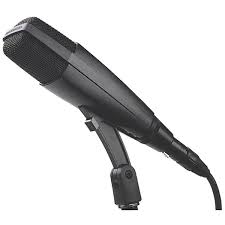
Frequency Response: 30Hz – 17kHz
Polar Pattern: Cardiod
US$: 429
A legendary mic that is used by many engineers for capturing rack and floor toms. It also works incredibly well on a low tuned snare and provides you with a significantly warmer and fuller sound than an SM57 or i5. If you often track drums using a deep, low tuned snare this would be a good mic to try.
Telefunken M80-SH
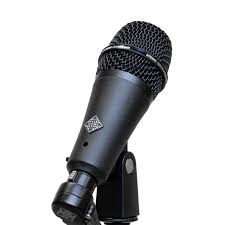
Frequency Response: 50Hz – 18kHz
Polar Pattern: Supercardiod
US$: 250
The M80-SH is a compact and robust microphone that provides a warm, natural sound with an almost condenser-like quality. Its compact size makes it easy to place on the drum and many engineers prefer the rich tones of an M80 over an SM57.
Beyerdynamic M201
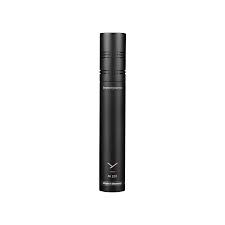
Frequency Response: 40Hz – 18kHz
Polar Pattern: Hypercardiod
US$: 349
The M201 features a hypercardiod pattern which significantly reduces bleed from other sources, making it easier to mix. Unlike an SM57, the M201 provides you with a rich and full sound and does a fantastic job of capturing every tiny detail of a performance.

